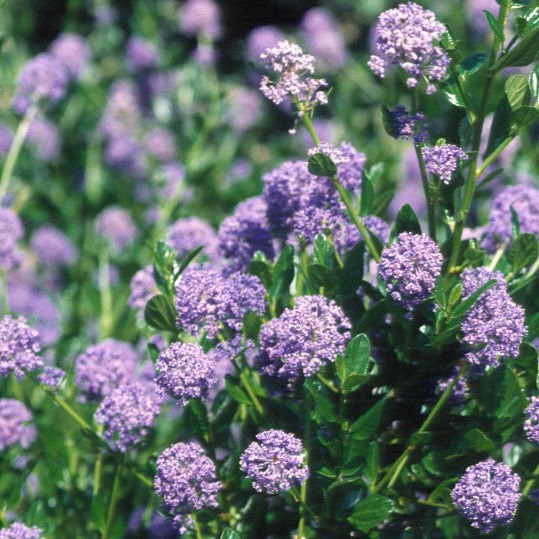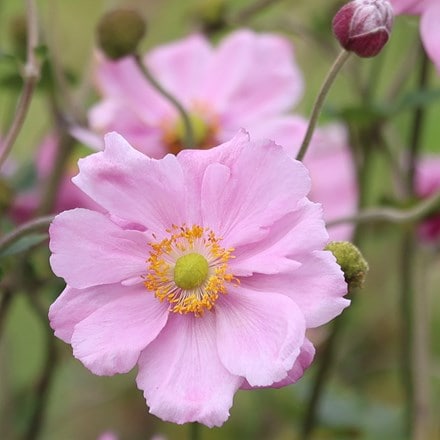Ceanothus 'Autumnal Blue'
Californian lilac
This handsome, evergreen shrub has fluffy clusters of sky-blue flowers from August to October and small, glossy, bright green leaves. It...
GOES WELL WITH
How to create a wildlife-friendly garden
Wildlife-friendly gardens are not only more interesting as you can watch all the comings and goings, but they are often more productive as many creatures will help increase pollination. Garden ponds act as a magnet to dragonflies and damsel flies, along w
Read full articleApril pruning of trees, shrubs and
climbers
Many shrubs, trees and climbers are showing signs of growth, so it is an ideal time to check them over for winter damage. If you feel they need a little care and attention, here are a few notes to use as a pruning guide. during April.
Read full articleProtecting tender plants
February, March and sometimes even April, can be the coldest months of the year and many plants can be severely damaged by late frosts that kills any new growth that might have begun to emerge. The best way to protect tender, wall shrubs such as ceanothus
Read full articleLow maintenance plants for a sunny garden
We all want a lovely garden but sometimes we are too busy with work and family, or we simply don’t have the inclination to garden incessantly, so the trick is to choose low maintenance plants such as easy shrubs and then to underplant them with ground cov
Read full article





